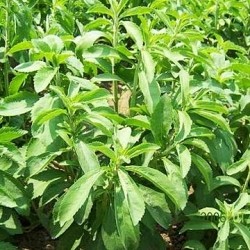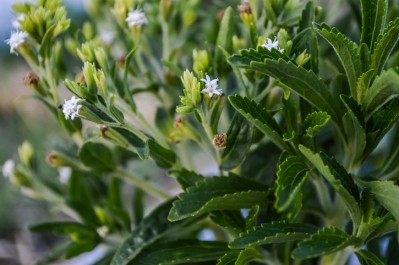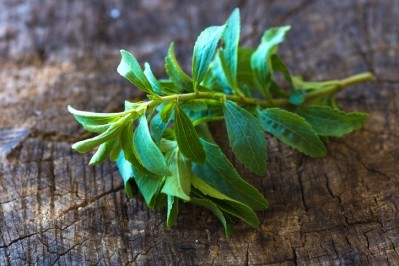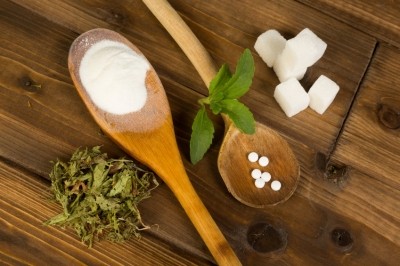The end of stevia’s natural reign – or the beginning of a new one?

Fermentation has been hailed as the answer to stevia’s supply problem – a way to mass produce the calorie-free sweet component, rebaudioside M, without having to cultivate or even use the leaves. Current methods of extracting the glycoside – which exists in very small amounts in the stevia leaf –is a laborious process and so fermentation promises to both improve taste and reduce costs.
But because leaves are central to stevia’s natural image, some see this as potentially risky.
Euromonitor analyst, Simone Baroke warns: “The mere fact that a product is based on an innocuous raw material is not sufficient to pull the “natural” wool over consumers’ eyes.”
“Stevia’s already wobbly status as the only “natural” low-calorie sweetener is about to be thrown into even greater jeopardy.”
For Mintel analyst David Turner, this is unlikely to have an effect in the short term as consumers still associate fermentation with a natural production process.
But the European Stevia Association (EUSTAS) believes that stevia’s reputation is at stake:
“Of course this will damage the natural reputation of stevia even if (in Europe) stevia extracts are not allowed to be labelled as “natural” but from “natural origin,” board member Monica Lorenzo told FoodNavigator.
“The expectation of consumers is to get a natural product, and this is no longer the case when produced through fermentation. Furthermore, this is not a fermentation process that could be considered as natural (like for cheese, wine, beer, yoghurts…) but a fermentation process that uses genetically modified yeast, so a type of production that doesn’t exist in nature.”
Yet those who are at the forefront of developing the fermentation process see it as a way to expand consumer choice. Stephan Herrera, vice president of strategy & public affairs for Evolva - the company which, in partnership with Cargill, has patented the fermentation technology - said: "Fermented stevia will simply expand the options of products sweetened with this amazing product. Again, some consumers will prefer the leaf taste, some will prefer the taste produced through fermentation. We are opening up the stevia market so that all individuals around the world can enjoy it."
New opportunities
If stevia loses its natural image it may create a more diverse market as consumers look for stevia that ticks the natural box and companies meet this demand with green products.
Mintel data suggests that organic stevia is still a niche category – since 2011 only 2% of stevia products have been organic – but this may be about to change.
Simone Baroke predicts that we will begin to a rise in stevia products trying to differentiate themselves
“In the future, we may well start to see “made from stevia leaf” appearing on product packaging. Organic stevia-derived sweeteners, which are already available, will also gain in importance and prominence.”
EUSTAS says that companies could also look to appeal to consumers through shorter supply chains, adding that the need to differentiate is “the coming challenge of European companies producing stevia extracts.”
Has the backlash already begun?
Yet even stevia extracted from leaves has come under fire in recent years, particularly due to the use of solvents in some extraction processes.
In 2013 a German court ruled that Gesund & Leben’s Stevia fluid had “nothing to do with a natural extract or even the stevia plant [because] … steviol glycosides do not occur naturally in foods.”
Similar accusations of misleading consumers with promises of natural sweetener landed Cargill with a $6m lawsuit for its Truvia range.
Baroke warns that the switch from being the latest healthy ingredient to the latest demonised product can be quick to happen in consumer eyes, and a damaged reputation is hard to repair.
“The industry should rightly worry about the erosion of stevia sweeteners’ natural image… Whether [consumers’] conclusions are always scientifically sound is another matter, but once the reputation of an ingredient has been sullied, it is almost impossible to restore its good standing.”
Business is still booming
Yet despite this negative publicity demand for stevia is still on the rise and not abating.
According to Mintel data, European product launches using stevia across 20 food and drink categories (including drinks, confectionery, table sauces and yoghurts) has increased more than 20 fold since 2011, while Euromonitor says that global volume consumption has shot up from 35 tonnes in 2008 to 926 tonnes in 2013 – a 26-fold increase.

























